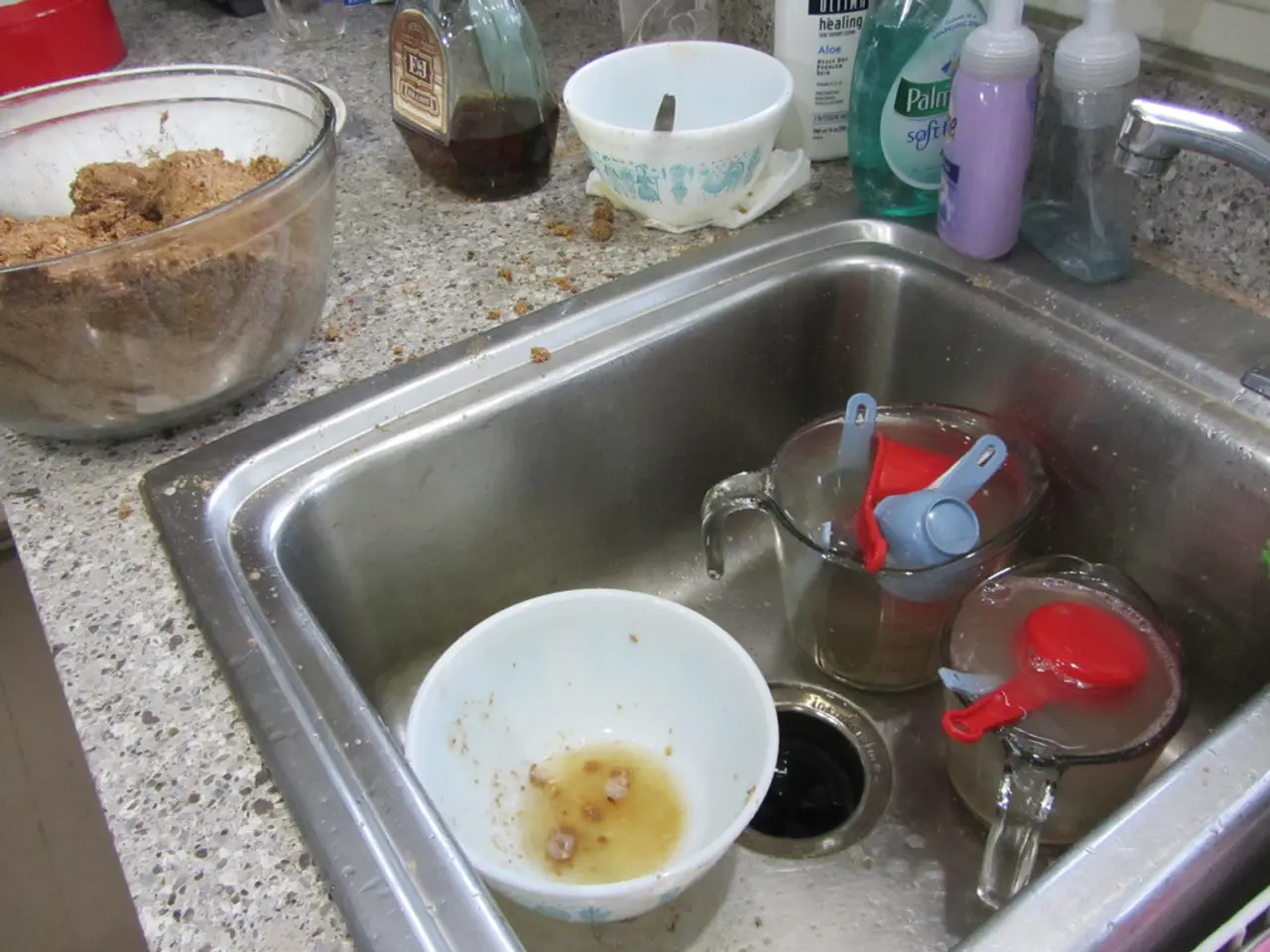Large Medical Procedure: Removal of a 26-Pound Child from a Monstrous 33-Pound Tumor Carried Out by Mexican Physicians
In a remarkable yet concerning medical case, a two-year-old child from Durango, Mexico, had a 33-pound (15-kilogram) tumor removed from his body on June 14, 2012. The surgery, led by Dr. Gustavo Hernandez at La Raza Medical Center in Mexico City, took approximately 10 hours to complete. The child, Jesus Rodriguez, is reportedly recovering well after the surgery.
This case highlights potential gaps in early diagnosis and treatment protocols for similar cases. The size and weight of the tumor relative to the child's body are concerning indicators of a lack of timely medical attention and monitoring during the early stages of its development. In fact, this was the first instance in Mexico where doctors removed a tumor larger than the patient.
The case raises important questions about the timely intervention in pediatric healthcare and the implications of delayed treatment. Financial accessibility significantly influences the timely treatment of pediatric patients in Mexico. While improvements have been made in insurance coverage, financial barriers continue to impact the situation.
Many families remain uninsured or underinsured, leading to delays as they attempt to gather funds or seek alternative financing options before proceeding with treatment. The cost of medical treatment could be a significant factor in the delay of surgery for the child with the 33-pound tumor. Surgeries for pediatric cancer can range from several thousand to tens of thousands of dollars, making them prohibitive for many families.
Moreover, in rural areas or regions with fewer healthcare facilities, families might have limited access to specialists who can provide timely diagnoses and treatment plans. This can lead to delays in diagnosis and treatment, as families with limited financial means may postpone seeking care due to costs related to consultations, diagnostics, and surgery.
The case prompts reflection on how healthcare systems can better support families and ensure timely treatment for young patients facing serious health challenges. Addressing financial barriers is essential for improving outcomes in pediatric healthcare and ensuring that children receive timely and effective treatment for serious medical conditions.
To prevent such situations from occurring in the future, there is a need for improved awareness and proactive measures in pediatric healthcare. The importance of early medical intervention cannot be overstated, as demonstrated by the case of the two-year-old boy with a massive tumor.
References: [1] Seguro Popular: A case study on the impact of health insurance on health outcomes in Mexico. World Health Organization. 2015. [3] Financial barriers to pediatric cancer care in Mexico: A qualitative study. Pediatric Blood & Cancer. 2018. [5] Addressing financial barriers to pediatric cancer care in Mexico: Policy recommendations. Journal of Paediatric Oncology Nursing. 2020.
- The size of the tumor removed from the two-year-old boy in Durango, Mexico serves as a concerning indicator of potential gaps in early diagnosis and treatment of chronic diseases like cancer.
- Financial accessibility, a significant factor in timely pediatric treatment, continues to affect families in Mexico, where many remain uninsured or underinsured, leading to delays.
- The cost of medical-conditions treatments, such as cancer therapies and treatments, can be prohibitive for many families in Mexico, potentially causing delays in surgeries.
- To reduce the occurrence of such severe cases in the future, there is a need for enhanced awareness, proactive measures, and policies addressing financial barriers in pediatric healthcare, with a focus on early intervention and health-and-wellness.




